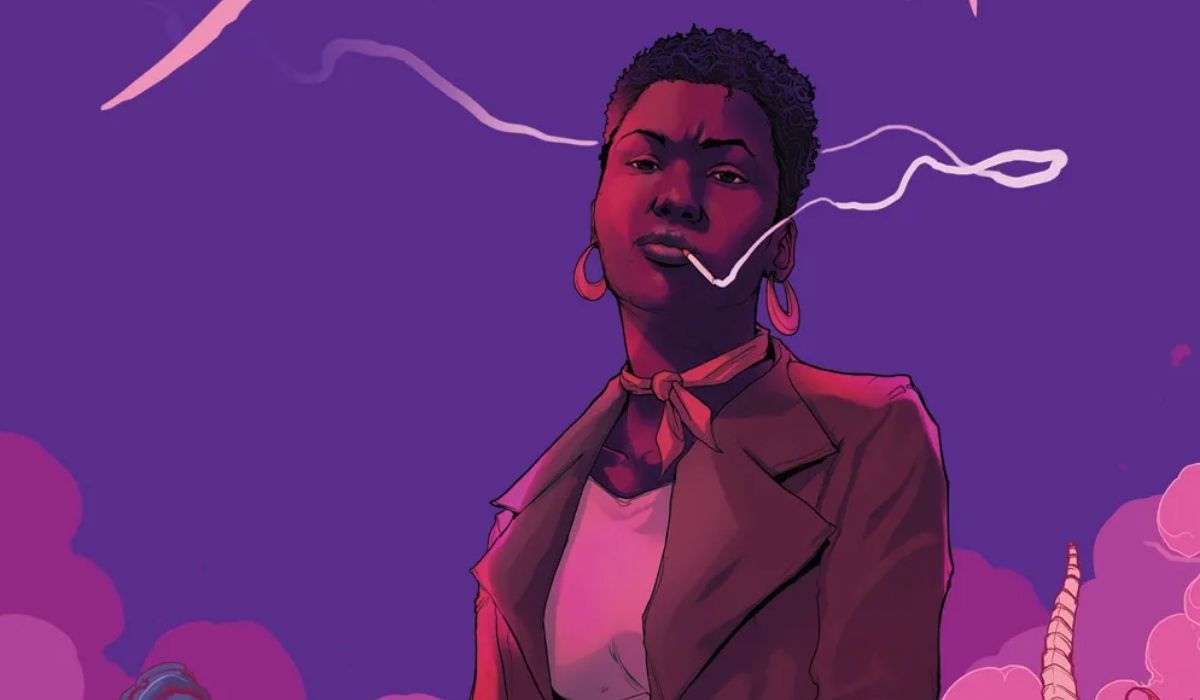Six of the Most Iconic Women Journalists in Comics History
Shout out to our favorite lede-ing ladies.

Comics and journalism have had a close relationship since the early days of the “funny pages.” In some cases, some journalists even wrote comics, like Ta-Nehisi Coates writing for Captain America. While the fields of journalism and comics are both dominated by men, there are quite a few instances in which women journalists became pivotal characters and led in some of the most important stories and “firsts” in comics’ history.
Many of the most well-known have had to fight on the page and in the fandom to be recognized as someone more than a superhero’s girlfriend. Some of these attempts failed, while many, like the ones we have before us, succeeded in (one or more iterations) with flying colors. In almost no order, here are some of the best women reporters in comics.
Lois Lane
When most people think of reporters in comics, the Pulitzer Prize-winning Lois Lane often comes to mind first. Not only was she introduced in Action Comics #1 (the same comic as Superman) in 1938, but she remains one of the most influential women in comics who doesn’t have any “superpowers” (in major stories). Because Lane’s character has existed for over 80 years, her style and attitude may change a bit to reflect the times. However, the Metropolis-based reporter always remained strong-willed and career-orientated.
Within DC Comics, Lane’s became a template for other superhero love interests that also worked as journalists, from Viki Vale (Batman) to Iris West (The Flash). I feel compelled to mention them because they each eventually flourished into their own characters and great journalists in their own right. However, they started as Lane copycats because Lane was 100% that b*tch.
Elena Abbott
Chain-smoking tabloid reporter Elena Abbott works in early 1970s Detriot exposing corruption that often puts her at odds with the white owners of the white newspaper The Daily. Despite their spars and harassment among other writers on staff, she knows that her editor has her back. On the surface level, Abbott seems just focused on telling the story and sleeping just enough to work more, but really, she’s committed to making sure the Black lives that don’t make headlines get their story told. Introduced in 2018 by Saladin Ahmed, Sami Kivelä, and Jason Worde in 2018, Abbott’s the main character in her supernatural-horror crime story Abbott and Abbott: 1973.
Jane Arden
Before Lois Lane came nationally recognized fiction reporter Jane Arden from 1927 to 1968. While many reporters tell the story after events occur, Arden took a forward approach by infiltrating criminal plans and exposing them. Created by Monte Barrett and Frank Ellis, the Jane Arden comic strip was the first comic to incorporate World War II into its storyline. Despite influencing the creation of Lane and real-life reporters like Mary McGory, there was only one film made about Arden by Warner Bros. in 1939.
Jessica Jones
Better known for her time on The Avengers as Jewel and subsequently as a private investigator, Jones used her skills to work as an investigative reporter for a Daily Bugle magazine The Pulse (released 2004 to 2006). She took this position at The Pulse more out of a need for health insurance, as she was expecting a child. In addition to the more consistent pay and insurance, the work allowed Jones a little more safety. Her short tenure influenced the 2005 Young Avengers #1 story and had brushed up against the Secret Wars story arc.
Friday Foster
Running in national newspapers from 1970 to 1974, Friday Foster was one of the first comic strips featuring a Black woman. Within her story run, she went from starting as a “camera bunny” who would take photos in nightclubs to working as a photographer’s assistant for a magazine and, later, a model. Working with the crew, she experienced adventures around the world. Foster served as the inspiration for the 1975 blaxploitation film of the same name, starring icon Pam Grier. In December 2021, creators Jim Lawrence and Jorge Longarón published Friday Fosters: The Sunday Strips with notes and many of her stories compiled together.
April O’Neil
While the shows and movies dominate conversations about the Teenage Mutant Ninja Turtles, this story began as a comic series by Kevin Eastman and Peter Laird in 1984. The first human ally of the butt-kicking turtles, April O’Neil, technically was introduced as a computer scientist. However, in the wildly successful show, writers reworked her as a TV reporter. Her role fluctuates between those two incarnations, but her role as an important ally and her keen observation skills remain a consistent hallmark of the character.
(image: BOOM)
—The Mary Sue has a strict comment policy that forbids, but is not limited to, personal insults toward anyone, hate speech, and trolling.—
Have a tip we should know? tips@themarysue.com